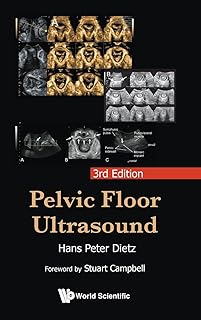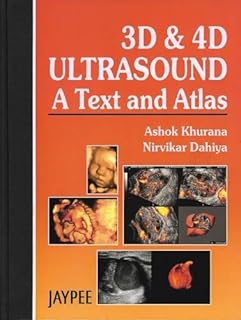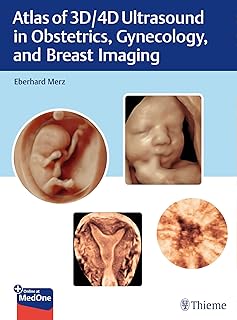3D transcranial ultrasound localization microscopy in awake mice has been a breakthrough in neuroscience research. The open-source code Open-3DULM has enabled high-resolution imaging of microvascular networks in habituated awake mice, eliminating the need for anesthesia. This method provides accurate quantification of vessel diameter and blood flow velocity, crucial for studying cerebral blood flow in awake animals. The protocol involves a 4-day habituation period to ensure stress-free imaging conditions, catheter placement for microbubble injection, and 3D ultrasound imaging in awake and anesthetized states.
Ultrasound localization microscopy (ULM) has revolutionized super-resolution ultrasound imaging, achieving spatial resolutions down to 10 microns. While traditional 2D ULM has limitations, 3D ULM allows for better quantification of microbubbles and tissue motion, providing organ-wide acquisitions in a single contrast agent bolus. Awake imaging is crucial as anesthesia alters physiology, stress response, and neuronal plasticity, affecting functional imaging outcomes. Awake imaging overcomes these limitations, enabling accurate measurements of cerebral blood flow in mice without the need for anesthesia.
The Open-3DULM algorithm, developed for 3D ULM reconstruction, offers a versatile tool for users to process 3D ultrasound data. By filtering tissue motion and enhancing microbubble signals, Open-3DULM optimizes the quantification of microvascular parameters. The algorithm includes clutter filtering, localization of microbubbles using radial symmetry, and 3D tracking to monitor individual microbubbles. The resulting 3D density and velocity maps provide valuable insights into blood flow patterns in awake mice compared to anesthetized states.
Experimental setups for awake imaging involve habituation of mice, skull cap fixation, and catheter placement for microbubble injections. Imaging is performed using a 3D ultrasound probe, and data is reconstructed with a delay and sum beamforming algorithm. The results show significant differences in vessel size and blood velocity between awake and anesthetized states, indicating altered cerebral blood flow patterns under anesthesia. The Open-3DULM platform facilitates the conversion of 3D ultrasound data into super-resolution volumes, enhancing preclinical imaging capabilities.
In conclusion, 3D transcranial ultrasound localization microscopy in awake mice offers a non-invasive and high-resolution approach to studying cerebral blood flow. The Open-3DULM algorithm provides a comprehensive tool for processing 3D ultrasound data, enabling detailed quantification of microvascular parameters. This innovative technique bridges the gap between optical and MR-based imaging methods, offering a valuable tool for neuroscience research and preclinical studies.
📰 Related Articles
- Innovative Ultrasound Research Revolutionizes Medical Imaging Efficiency
- Virtual Ultrasound Revolutionizes Central Vascular Access with Apple Vision
- Ultrasound: Safe and Versatile Imaging for Medical Diagnoses
- Ultrasound Technology Revolutionizes Medical Implants for Efficient Charging
- Ultrasound Revolutionizes Paramedic Care for Enhanced Patient Outcomes






